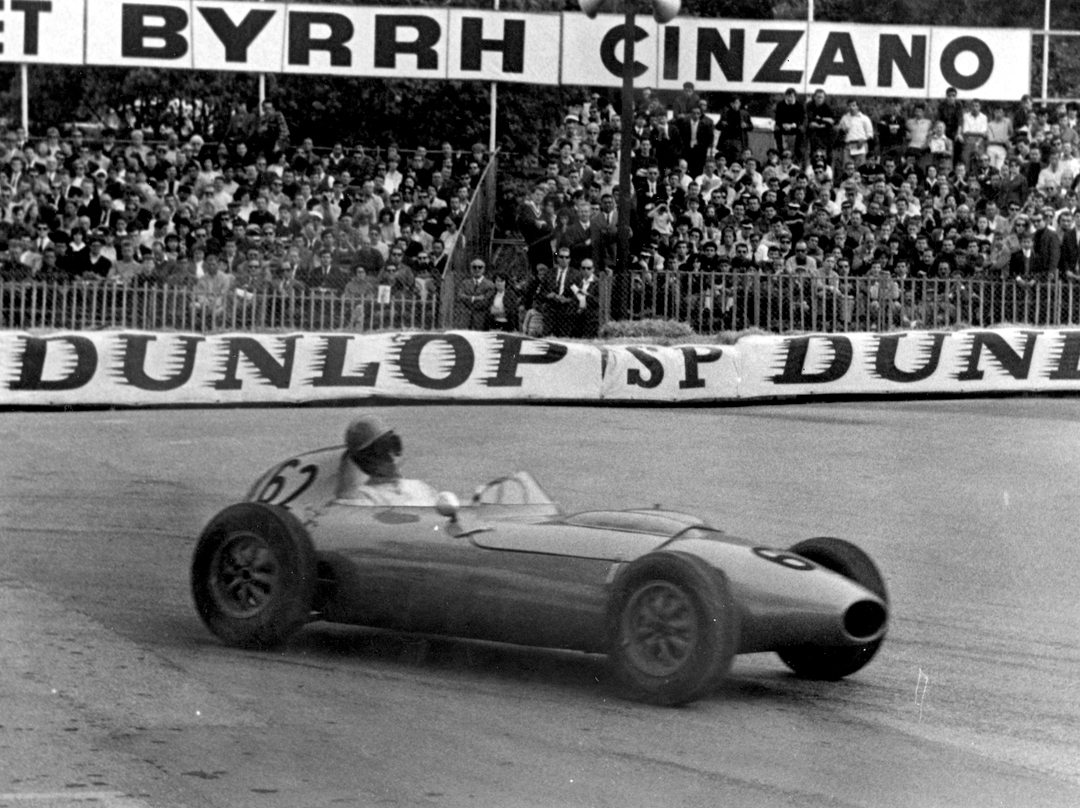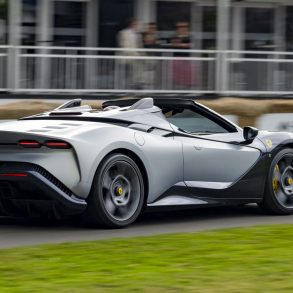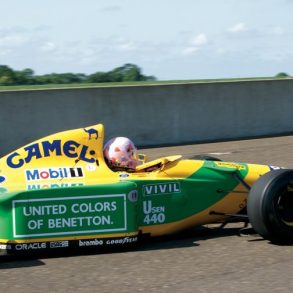It is early 1964 and having recently qualified as a doctor, I had signed up for a short-service commission as medical officer for the Royal Air Force in Changi, Singapore, to start at the beginning of the summer. But there was a problem; I had an obsession for motor racing. As an impoverished student, I had learned the rudiments by racing a variety of Ford Ten specials in UK club racing, but I was driven by the urge to compete in an international race “before I settled down.”
For the previous four years, Formula Junior—one of racing’s greatest creations—had been the gateway for nearly all of the drivers, designers and constructors into Formula One and beyond, but was now split into Formula Two for the professionals and Formula Three for non-graded drivers. Formula Three was for single-seaters with similar restrictions to the old Formula Junior as to the use of various production car related parts, and limitations on engine modifications, brakes, transmissions, wheel widths, etc.
Become a Member & Get Ad-Free Access To This Article (& About 6,000+ More)
Access to the full article is limited to paid subscribers only. Our membership removes most ads, lets you enjoy unlimited access to all our premium content, and offers you awesome discounts on partner products. Enjoy our premium content.
Become a member today!
Already a Member?










